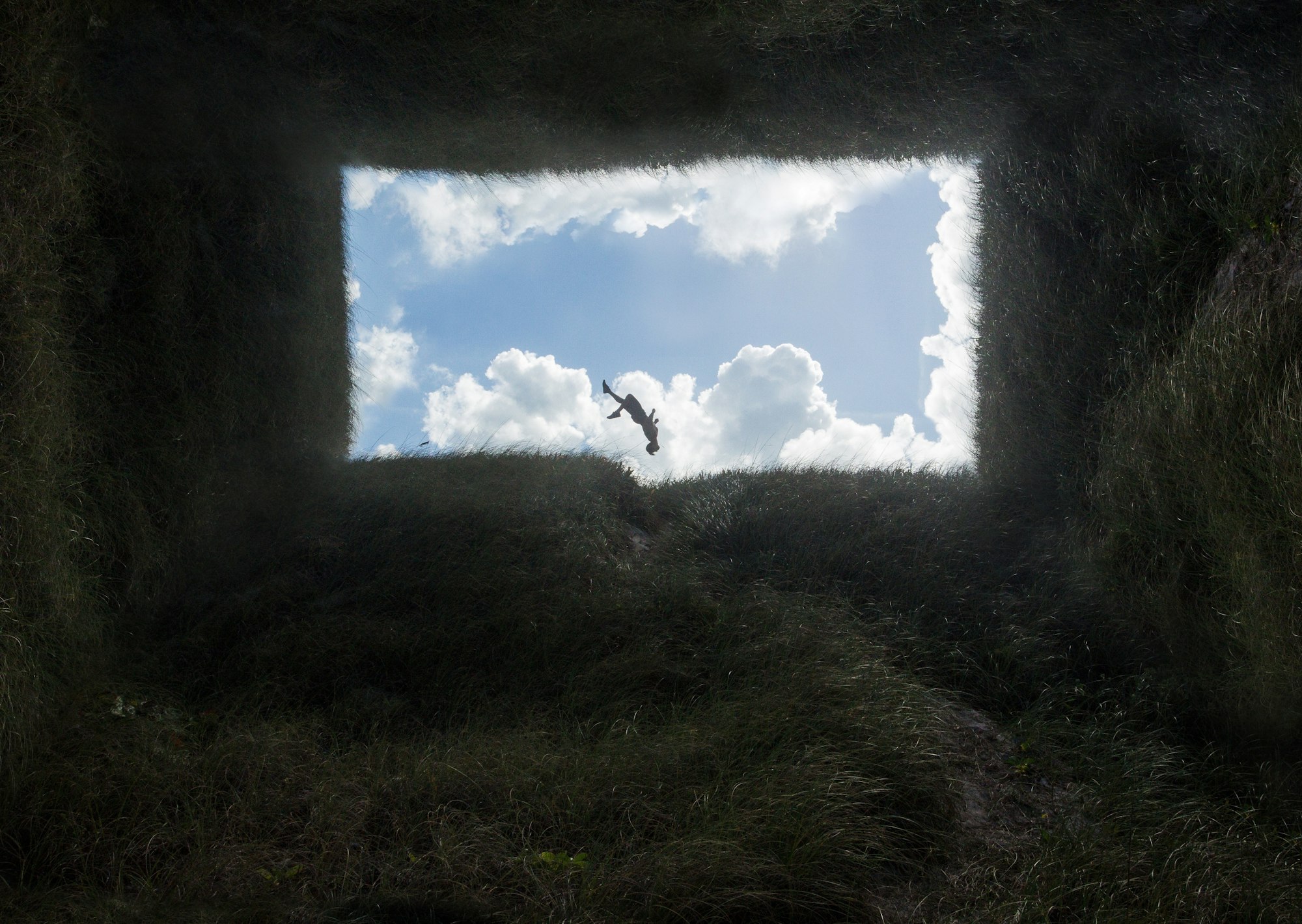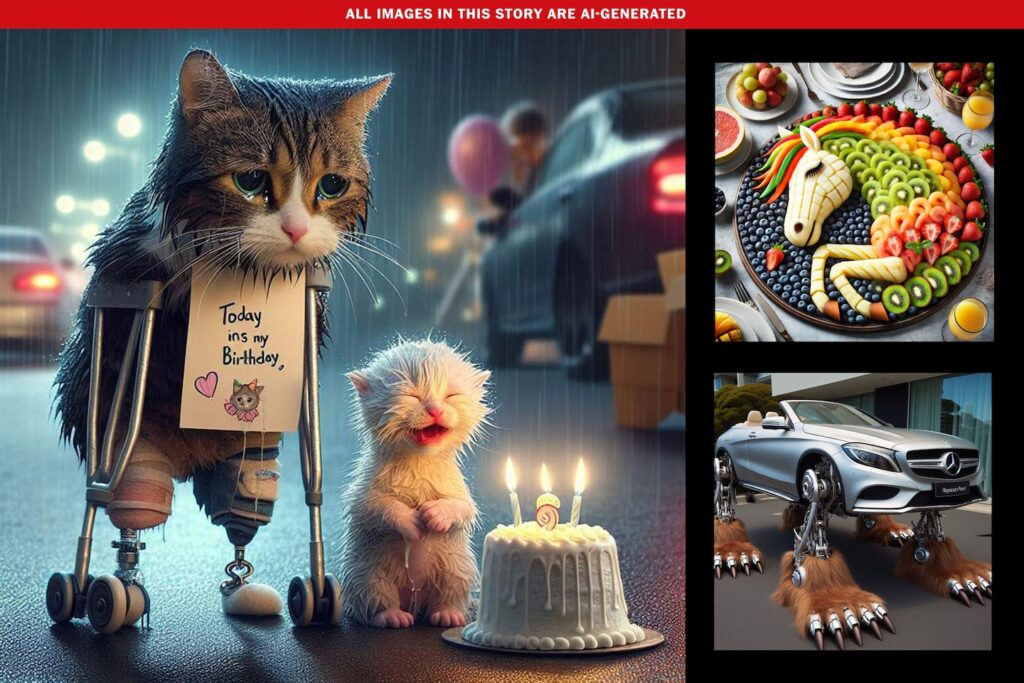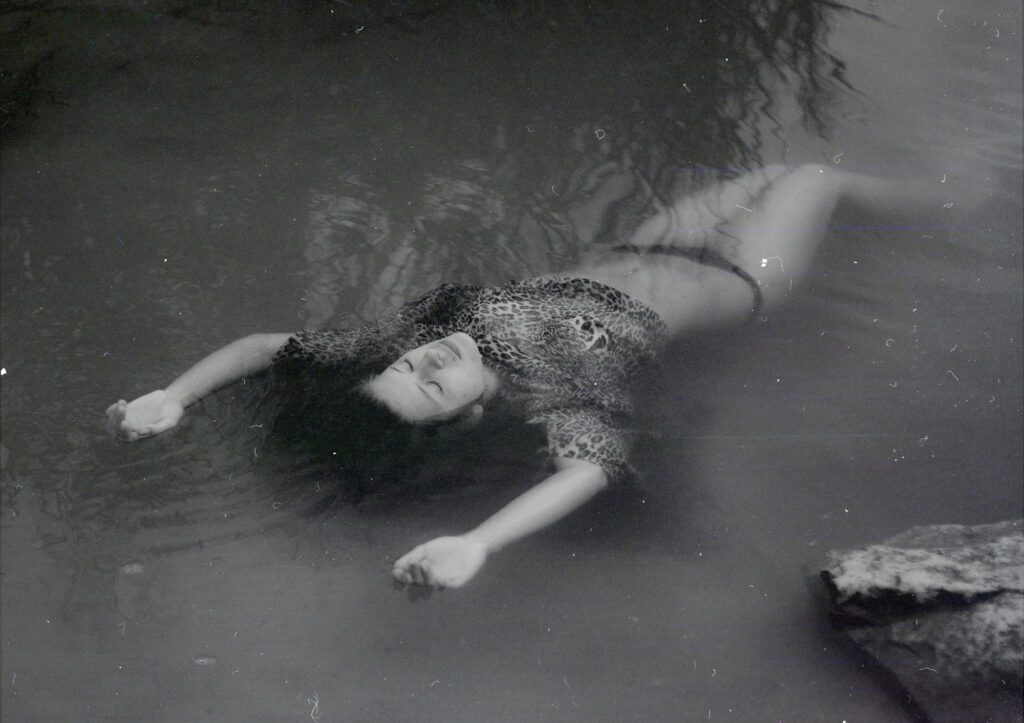Address
33-17, Q Sentral.
2A, Jalan Stesen Sentral 2, Kuala Lumpur Sentral,
50470 Federal Territory of Kuala Lumpur
Contact
+603-2701-3606
info@linkdood.com
Address
33-17, Q Sentral.
2A, Jalan Stesen Sentral 2, Kuala Lumpur Sentral,
50470 Federal Territory of Kuala Lumpur
Contact
+603-2701-3606
info@linkdood.com

Artificial intelligence is bringing a fresh twist to surrealism, making waves in the digital art scene with images that push the boundaries of what art can look like. These AI creations, which you might see on social media sites like Facebook, mix the bizarre with the uncannily accurate, making us question what’s real and what’s not.

AI-generated art often shows us strange scenes—like kittens with missing limbs using crutches, strawberries turning into frogs, or weird mixes of humans and animals. These images make us think about the limits of what machines can create and whether this new type of art is just an extension of old surrealism or something completely different.
Some people might just scroll past these AI images, seeing them as digital oddities, while others find real artistic value in them, sparking debates about where art is headed.
These images can make you laugh, cringe, or even feel a bit uncomfortable, showing how powerful they can be in stirring emotions. They also test how well we can tell real from fake, a crucial skill in our digital world.
Philosophers and art critics are really diving into what AI art means for the future. They’re asking big questions like whether these machine-made pieces should even be called art, especially when they challenge our traditional ideas of creativity and the human touch in art.
As AI and art come together, we’re forced to rethink what makes something a piece of art. Is it still art if there’s no human emotion behind it?
AI art isn’t just about culture; it’s also about money. It’s easy to create and share, which brings up issues like who owns the art and how original it is. This could change how we think about art’s value and impact the livelihood of human artists.
With so much AI art out there, human artists might find it harder to stand out, potentially changing how art is made and sold.
Dive into the fascinating intersection of AI and art with this exploration of AI-generated surrealism. This article breaks down the visual features, public reactions, deep discussions, and ethical considerations of this growing trend in art.

Sources The Washington Post